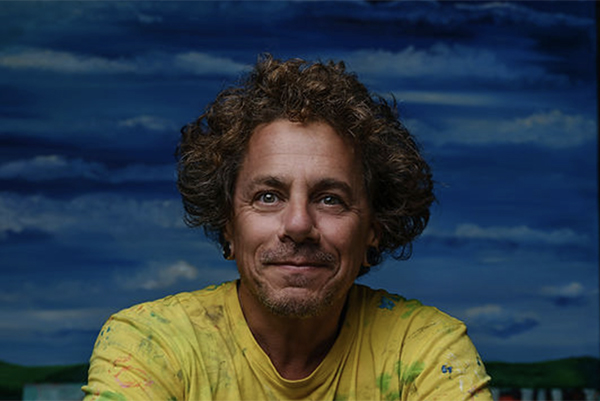Basel University Hospital Engineers New Technique...and NOSES ; Basel Canton Merger Saga Continues ; New School For Erlenmatt
Researchers from Switzerland's University of Basel have performed the first successful nose reconstruction surgery using engineered cartilage grown in the laboratory. The cartilage was spawned form the patient's own cells in an approach that could circumvent the need for more invasive surgeries. The team applied the treatment to a group of five patients aged 76-88. The patients had previously received surgery to remove non-melanoma skin cancers, leaving them with severe defects in the cartilage of their noses. A typical reconstruction for patients such as these would involve grafts taken from the nasal septum, the ear or the ribs. While this is effective in reconstructing the nose, the procedure can be painful and result in complications arising in the area of the excision. In developing the alternative method, the team extracted cells from the patient's nasal septum. These cartilage cells, called chondrocytes, were then isolated and multiplied. After seeding the newly-formed cells onto a collagen membrane, they were cultured for a period of two weeks and resulted in an engineered cartilage 40 times the size of the original biopsy. These engineered grafts were then shaped to fit the patient's defects and one year after the reconstruction, were found to have no side-effects nor impact the patient's breathing. “The engineered cartilage had clinical results comparable to the current standard surgery," says Ivan Martin, Professor for Tissue Engineering at the Department of Biomedicine at the University Hospital of Basel. "This new technique could help the body to accept the new tissue better and to improve the stability and functionality of the nostril." The team says the treatment could potentially be applied to other reconstructive surgeries, with the engineered grafts currently the subject of a study for cartilage repair in the knee. The team has however emphasized the need for further studies and exploration of costs. “We need rigorous assessment of efficacy on larger cohorts of patients and the development of business models and manufacturing paradigms that will guarantee cost-effectiveness”, says Dr. Martin. The team's research was published in the journal The Lancet.
A new chapter has been entered in the seemingly never ending debate to merge BaselLand and BaselStadt. In March of 2013 a referendum was called to once again try and unite the two cantons, but since then bickering has broken down the effort. The merger is meant to be led by a Constitutional Council which will administer the beaurocratic details. However, the as-yet-to-be formed Council of 100 members cannot get underway until the two cantons agree to how many seats each Basel Land and Basel Stadt will occupy. Needless to say, a series of counterproposals by the two cantons offer different compositions of the delegates, where each proposal puts its sponsoring canton in charge. Since it appears that an agreement is nowhere in sight, continued dialogue and effort have been promised by both sides...
In case you haven't been in the Erlenmatt district of KleinBasel recently it is the largest residential development area in Basel. Multiple cranes and myriad construction equipment are busy building an entirely new neighborhood. As part of the city's plan, a new four-story school building is scheduled to open in three years- built at a cost of 35 million francs. The school will accommodate 12 primary school grades with a state of the art assembly hall on the top floor with views of the new district. The building was designed by architect luca silva whose firm won the competition held by Basel to design the building. Now that contraction is ready to get underway the city has sought approval from the Grand Coucil to secure a loan to fund the project, and approvals for the necessary zoning changes to the construction site.



 After nearly a year displaying photos,
After nearly a year displaying photos,